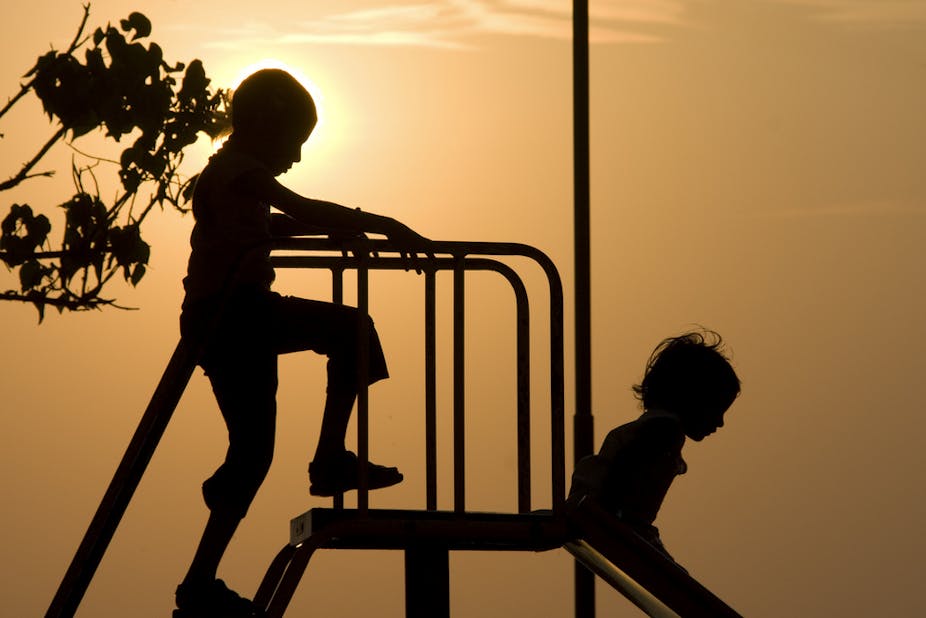US researchers say they have identified at least two distinct types of autism, paving the way for new and more targeted treatments.
Autism, a neurobiological disorder that impairs social interaction skills and often causes an unusual interest in repetitive behaviour, affects around 1 in 160 Australian children. Four out of five children with autism are boys.
Treatment options range from behavioural and therapy-based interventions to alternative medicines but much about autism remains a mystery to experts.
Now the world’s largest study of children with autism has led to the discovery that there are at least two biologically distinct subtypes of the disorder.
Researchers from the MIND Institute at the University of California used data on 350 children with autism from the five year Autism Phenome Project, to identify the two types.
One group have unusually large brains by four to five months of age, even where the symptoms of autism are not seen until 18 to 24 months. This group was made up entirely of boys.
Another subgroup was identified in which the children had some kind of immune system dysfunction.
Dr David Amaral, Research Director of the UC Davis MIND Institute in the USA, said further research may reveal several more subgroups of autism, paving the way for more specialised treatments.
“I’d use the analogy of cancer. We know there’s something in the order of 200 to 300 types of cancer and what causes them is different things. It hasn’t made sense in cancer to try to solve all cancer at the same time, you go after them one at a time,” he said.
“Autism is equally complex and we are fairly confident with the idea that what causes the autism in different individuals could be quite different.”
“Trying to understand autism all at once is not productive,” he said.
A better understanding of the different causes could lead to the development of new medicines targeting those abnormal processes, he said.
Professor Bruce Tonge, an autism expert from Monash University’s School of Psychology and Psychiatry, said Dr Amaral’s work built on previous research in the field.
“These are important findings but not unexpected. We have known for many years that the number of conditions associated with autism are not one disorder. There’s likely to be different types, groups and causes,” he said.
“He has been able to subtype the two different groups: one have overgrowth in their brains and the other group perhaps have abnormalities in their immune systems which may relate to factors inherited from their mothers.”
“This now generates hypotheses we now need to follow up. Why do these children have abnormalities in their immune system? It may not be the cause [of autism], it may be the consequence of a cause,” said Professor Tonge, who added that Dr Amaral’s work showed how crucial it is to collect detailed biomedical data on children with autism over a long period of time.
“This work does move us forward another step for scientists to be able to look in greater detail at these issues.”
Dr Amaral presented his findings at the Asia Pacific Autism Conference in Perth on Thursday.

